ERGONOMICS
The Sony a9 III has a few big updates to it that have made it a much better camera for those of us who constantly complain about Sony’s ergonomics. To back this statement up, I’ve only ever heard newer photographers and paid ambassadors talk about how they like Sony’s ergonomics. The exception is the very few who’ve shot with Minolta — and even they were a smaller player back in the film days.
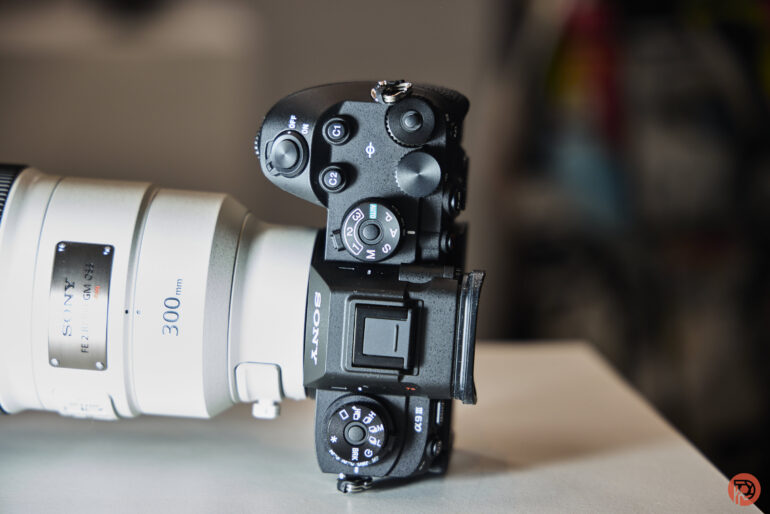
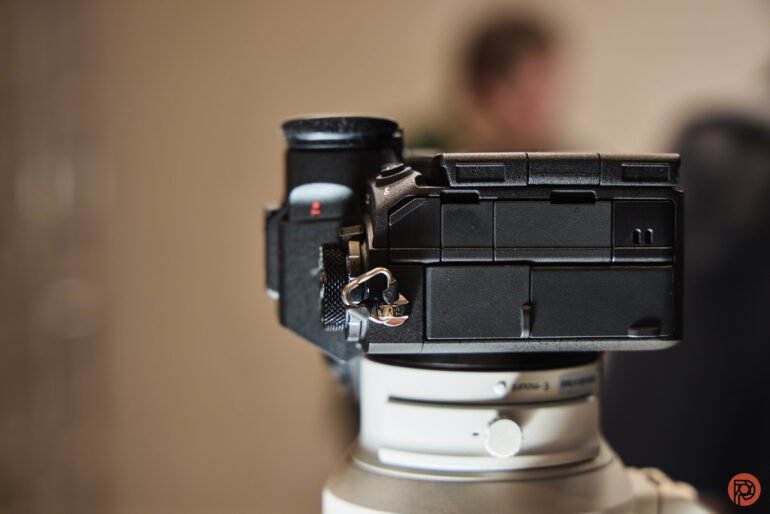
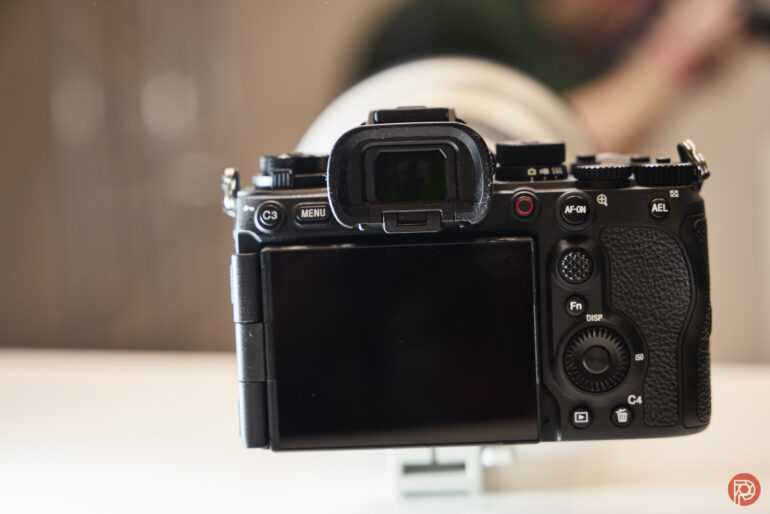
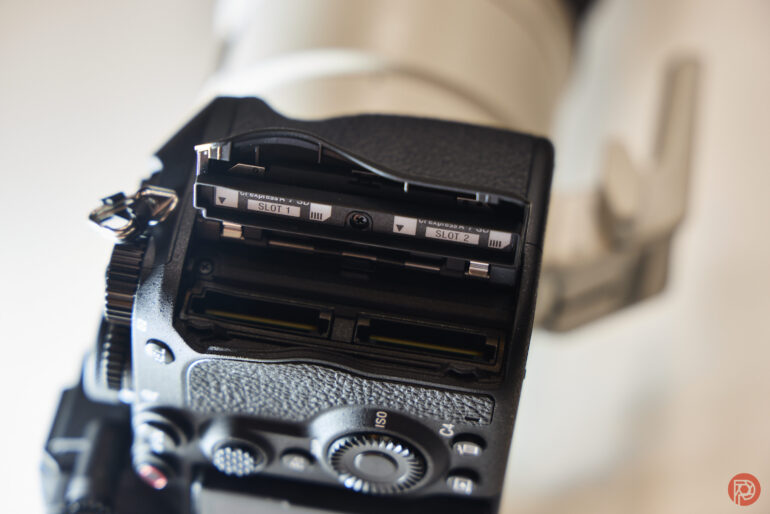
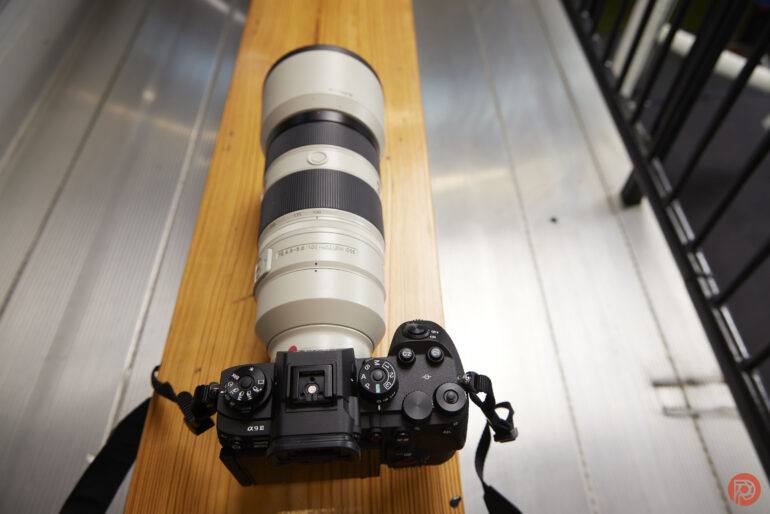
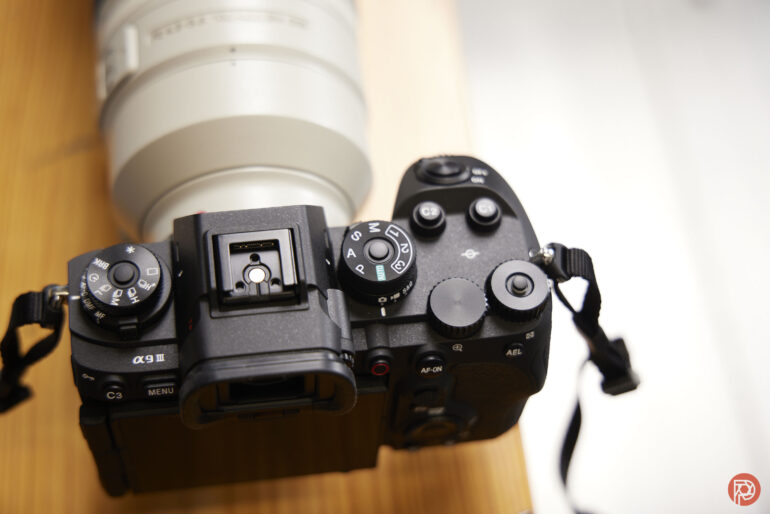
1. **Camera Types**: There are various types of cameras, including DSLR (Digital Single-Lens Reflex), mirrorless, point-and-shoot, and smartphone cameras.
2. **Composition**: Composition is the arrangement of elements within a photograph. It involves factors like framing, balance, rule of thirds, leading lines, and focal points to create visually pleasing and compelling images.
3. **Lighting**: Lighting is a crucial element in photography. The quality, direction, and intensity of light can dramatically impact the mood and aesthetics of a photograph. Photographers often use natural light, artificial light, or a combination of both to achieve their desired results.
4. **Exposure**: Exposure refers to how much light reaches the camera's sensor or film. It is controlled by adjusting three main settings: aperture (f-stop), shutter speed, and ISO. Proper exposure ensures that the image is neither too bright (overexposed) nor too dark (underexposed).
5. **Focal Length**: Focal length determines the field of view and magnification of a lens. Shorter focal lengths capture wider scenes, while longer focal lengths zoom in on distant subjects. This choice impacts perspective and depth of field.
6. **Depth of Field**: Depth of field is the range of distances in an image that appear sharp and in focus. It can be shallow (blurry background, sharp subject) or deep (most of the scene in focus). Aperture settings play a significant role in controlling depth of field.
7. **Types of Photography**: Photography encompasses various genres, including portrait, landscape, macro, wildlife, street, architectural, fashion, sports, and more. Each genre has its own techniques and considerations.
8. **Post-Processing**: Many photographers use software like Adobe Photoshop or Lightroom to edit and enhance their photos. Post-processing allows for adjustments in color, contrast, sharpness, and the removal of imperfections.
9. **Photography Equipment**: In addition to cameras and lenses, photographers may use tripods, filters, flashes, and other accessories to achieve their desired results.
10. **Ethical Considerations**: Photography raises ethical questions, especially in contexts like photojournalism and street photography. Issues such as consent, privacy, and the potential impact of images on subjects should be carefully considered.
11. **History of Photography**: Photography has a rich history, dating back to the 19th century with the invention of the camera obscura and the first photographic processes. It has evolved significantly over time, from black and white film to digital photography.
12. **Photography as Art**: Many photographers use their work to convey emotions, tell stories, or make artistic statements. Photography has a prominent place in the world of contemporary art.
Photography is a highly accessible and rewarding hobby or profession, allowing individuals to capture moments, express their creativity, and communicate powerful messages through images.
2. **Composition**: Composition is the arrangement of elements within a photograph. It involves factors like framing, balance, rule of thirds, leading lines, and focal points to create visually pleasing and compelling images.
3. **Lighting**: Lighting is a crucial element in photography. The quality, direction, and intensity of light can dramatically impact the mood and aesthetics of a photograph. Photographers often use natural light, artificial light, or a combination of both to achieve their desired results.
4. **Exposure**: Exposure refers to how much light reaches the camera's sensor or film. It is controlled by adjusting three main settings: aperture (f-stop), shutter speed, and ISO. Proper exposure ensures that the image is neither too bright (overexposed) nor too dark (underexposed).
5. **Focal Length**: Focal length determines the field of view and magnification of a lens. Shorter focal lengths capture wider scenes, while longer focal lengths zoom in on distant subjects. This choice impacts perspective and depth of field.
6. **Depth of Field**: Depth of field is the range of distances in an image that appear sharp and in focus. It can be shallow (blurry background, sharp subject) or deep (most of the scene in focus). Aperture settings play a significant role in controlling depth of field.
7. **Types of Photography**: Photography encompasses various genres, including portrait, landscape, macro, wildlife, street, architectural, fashion, sports, and more. Each genre has its own techniques and considerations.
8. **Post-Processing**: Many photographers use software like Adobe Photoshop or Lightroom to edit and enhance their photos. Post-processing allows for adjustments in color, contrast, sharpness, and the removal of imperfections.
9. **Photography Equipment**: In addition to cameras and lenses, photographers may use tripods, filters, flashes, and other accessories to achieve their desired results.
10. **Ethical Considerations**: Photography raises ethical questions, especially in contexts like photojournalism and street photography. Issues such as consent, privacy, and the potential impact of images on subjects should be carefully considered.
11. **History of Photography**: Photography has a rich history, dating back to the 19th century with the invention of the camera obscura and the first photographic processes. It has evolved significantly over time, from black and white film to digital photography.
12. **Photography as Art**: Many photographers use their work to convey emotions, tell stories, or make artistic statements. Photography has a prominent place in the world of contemporary art.
Photography is a highly accessible and rewarding hobby or profession, allowing individuals to capture moments, express their creativity, and communicate powerful messages through images.
Comments
Post a Comment